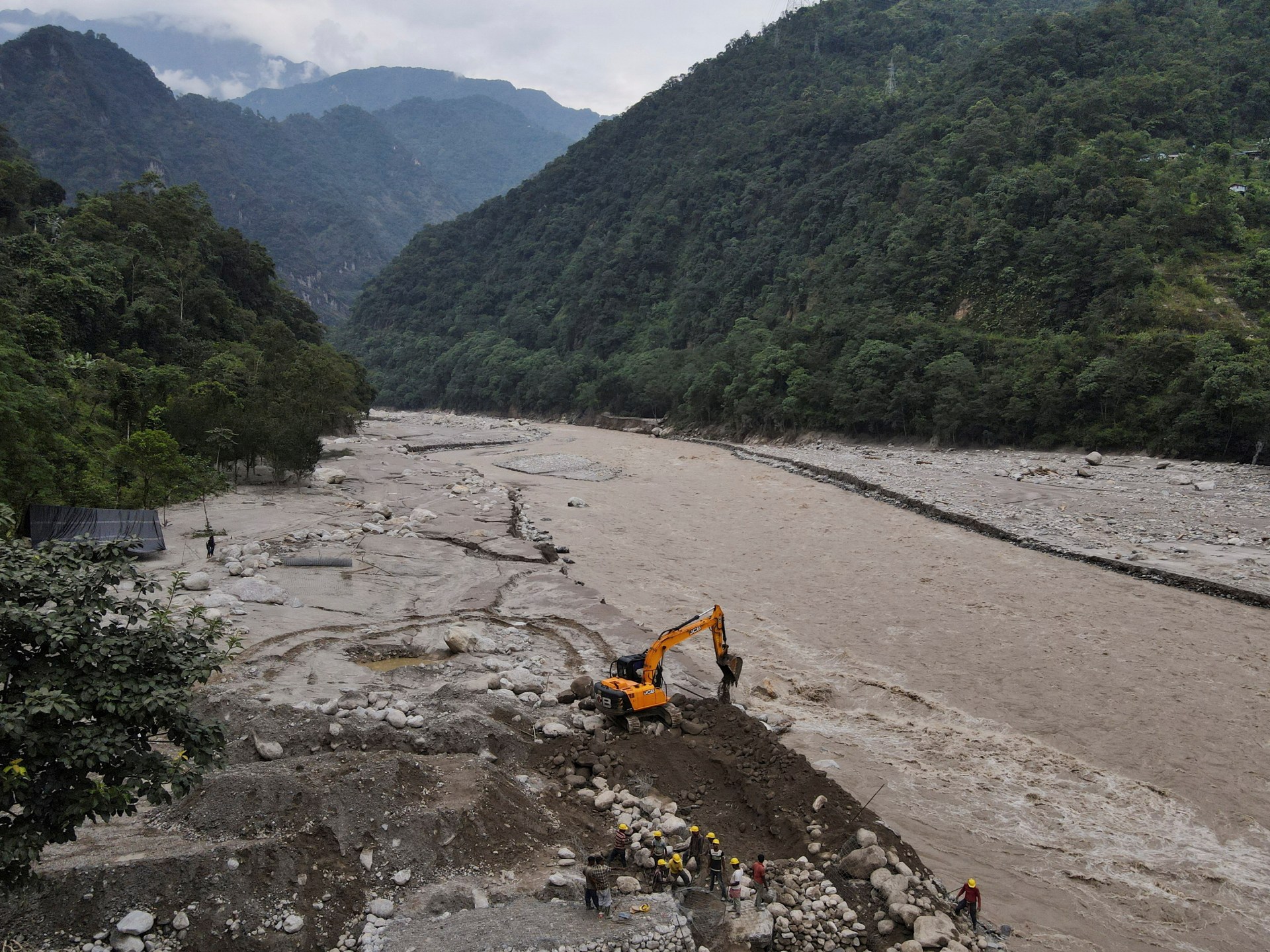Tourism rethink needs to come from the top down – and the bottom up
Opinion: In his 2020 book chapter, A Regenerative Journey: New Zealand Tourism Reinvented, journalist Rod Oram argued that, “To absolutely thrive, the tourism sector needs to radically rethink its role in our natural environment, society and economy. Its great opportunities lie in tackling its greatest liabilities.” In the wake of Rod’s recent and tragically sudden passing, and a significant change in government, these words have never held more resonance.
Oram was an early contributor and supporter of the Otago Tourism Policy School, which concluded its sixth annual assembly in Queenstown on March 22 with an address by the new Minister of Tourism, Matt Doocey.
The Otago Tourism Policy School is a unique two-day forum that brings together tourism academics, business leaders, policy makers, communities, industry organisations and other stakeholders to discuss key challenges and opportunities confronting New Zealand’s tourism industry.
This year’s theme, Connecting the Dots: Fostering a Cohesive and Connected Tourism System, was selected to encourage discussion of how our tourism system can function in a more integrated and cohesive way across the wide range of communities and organisations that tourism touches at local, regional, national and international levels.
The event culminated in a discussion with the Minister of Tourism. I had eagerly awaited this session and, in some aspects, it exceeded my expectations.
No previous tourism minister has spent so long engaging with delegates during a session or shown such willingness to address thorny tourism questions in an open forum. It was refreshing to see the minister taking advantage of this unique opportunity to engage directly with a diverse and highly experienced group of tourism stakeholders.
Notwithstanding, the minster’s message left many feeling disappointed and, in some cases, bereft.
The previous government funded our 31 regional tourism organisations to develop ambitious and “regenerative” destination management plans (DMPs) aimed at reinventing how Aotearoa approached and practised tourism post-pandemic.
Led by deeply committed communities and leaders across the country, New Zealand was unique globally in having an entire nation tasked with rethinking what we wanted from tourism and how we wanted to move forward.
Despite different articulations and perspectives on tourism across the country, the resulting 29 DMPs are remarkably aligned in terms of their desire to see tourism support thriving communities in ways that go beyond simple economic transactions.
Many of these communities expressed a desire for “high contributing” visitors who appreciate their unique destination values and enhance their overall quality of life, not simply their overall revenue.
The minister indicated that, rather than resourcing these plans that attracted wide-spread stakeholder engagement and consensus, the Government will revert to traditional tactics such as maximising the economic value of international tourism and spreading visitation regionally throughout the year.
While regional dispersal, seasonality and workforce issues are perennially important, the proposed approach to doing so appears outdated and myopic.
This raises a question: Rather than create the relatively meagre events promotion fund announced by the minister last week – which many target regions may struggle to secure with a 50 percent match – how could government better spend these, and other, funds to meaningfully deliver on the tourism priorities our communities have clearly articulated?
The minister also said that the Government prefers a devolved, localised approach to tourism management. While a localised approach is appropriate for many tourism functions, it does not operate in a vacuum – tourism is significantly impacted by national and global level actors, external events, and transport networks.
For instance, visitors do not see boundaries between the Queenstown Lakes District and Central Otago, despite these regions having distinct tourism offerings, aspirations, and regional tourism structures.
All regional tourism organisations and operators are also impacted by national level decisions, policies and funding allocations, to name a few. Tourism across our regions is inherently entwined. It follows that, while bottom-up regional level leadership is critically important, this needs to be complemented and supported by top-down, national-level strategy and leadership.
Rather than simply devolving all responsibility for resourcing destination management and planning to already depleted and overburdened local and regional authorities, should the Government provide essential support for localised destination management? How can a devolved approach empower regional tourism organisations, rather than leaving them with noble ambitions and community expectations they are unable to deliver on?
We have the bottom-up, regional-level plans to reinvent tourism and help communities flourish holistically, not just economically. What is needed now is a macro-level strategic approach to tourism management that is vertically integrated and enables local delivery. We need a legislative approach with systems and organisations in place to oversee and coordinate the local and regional level activities of our diverse tourism destinations and actors.
We have this on the demand side at the national level in the form of our international tourism marketing agency, Tourism New Zealand. Regions leverage the government’s national-level investment in Tourism New Zealand to promote their distinctive tourism offerings. Such an approach on the supply side of tourism could, for example, take all the largely aligned sustainability aspirations outlined in our 29 DMPs and provide the national-level leadership needed for all regions deliver on these, rather than creating unnecessary inefficiencies and frustration of striving to do this in isolation.
We can learn from Ireland’s national tourism development authority, Fáilte Ireland, which is focused on supporting long-term sustainable growth across economic, environmental, social and cultural dimensions. They work in partnership with government, local authorities, tourism industry, and other stakeholders to holistically develop and support destination management, infrastructure investment, tourism products and events.
Fáilte Ireland represents an effective, cohesive model of tourism management that addresses many of the issues facing New Zealand tourism. Ireland’s similarities in geography, population, and positioning of the tourism industry make this a useful approach we can learn from and adapt for our unique context.
Tourism industry leader and strategist Glenys Coughlan, a long-time advocate for a national tourism development agency, notes how the New Zealand Infrastructure Commission is structured, with a private sector board of directors and empowered executive team focused on advancing the effectiveness and performance of infrastructure development and investment.
“There are a number of crossovers with tourism,” she says.
“Not only do tourists place demands on the same infrastructure that residents rely on (and pay for) – such as roading, energy, waste management, and public amenities – but the visitor industry also relies on long lead and capital-intensive investments, like hotels, air, and shipping services…If we want tourism to make a greater contribution to New Zealand, then we cannot leave it to chance. We need to work together to manage it.”
The Minister of Tourism has said he is “here to listen” and is still developing his vision for tourism in New Zealand.
Perhaps listening and learning about innovative supply-side solutions, such as Fáilte Ireland or the New Zealand Infrastructure Commission, coupled with communities’ strong desire for national-level support and leadership in delivering on the DMPs they have endorsed, will help inform this vision.
This is a unique opportunity for the new Government to provide the bold, innovative leadership that New Zealand is globally known for. Our communities and the global tourism sector are watching to see if we can deliver on the reinvention of tourism we have promised to deliver.





